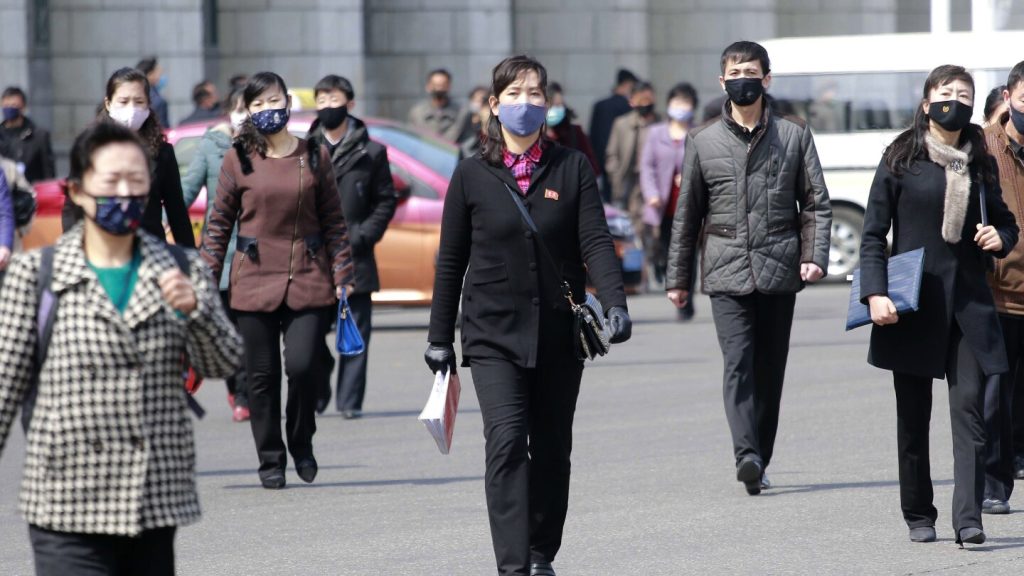A recent report revealed that North Korea is ramping up its surveillance efforts by installing surveillance cameras in schools and workplaces, as well as collecting biometric information such as fingerprints, photographs, and more from its citizens. This move towards digital surveillance threatens to eliminate the small spaces that North Koreans have left for private activities and dissent against the government. While North Korea’s digital aspirations face challenges like poor electricity supply and low network connectivity, the country is making efforts to catch up with countries like China in terms of digital surveillance.
The tightening of state control in North Korea can be attributed to leader Kim Jong Un’s efforts to promote loyalty to his regime, as evident through the crackdown on foreign influences and imported media. The COVID-19 pandemic played a significant role in enhancing surveillance capabilities, with stringent border controls and fences supported by electronic monitoring systems from China. The report suggests that North Korea aims to maintain tight border control moving forward, using surveillance technologies to monitor its population more closely and restrict access to foreign media content.
The study on North Korean surveillance technologies drew information from domestic and international media coverage, as well as research at North Korean universities and state organizations. The researchers also interviewed North Korean escapees and current residents to understand the extent of surveillance practices in the country. Video surveillance has become prevalent in schools, workplaces, and public areas, with cameras sourced from Chinese vendors and equipped with features like face recognition. The expansion of traffic cameras and the development of biometric profiles indicate North Korea’s vision for a more pervasive surveillance system.
North Korean state media reports reveal the growing presence of surveillance cameras in schools, workplaces, and public areas, aimed at improving security and preventing illicit activities. The use of facial recognition systems at airports and traffic cameras on major roads signify the government’s effort to track movements and gather data on its citizens. While North Korea may face challenges in utilizing the collected information due to infrastructure limitations, the country appears to be planning for a future with more extensive video surveillance. The report highlights the potential risks for citizens engaged in illegal activities, as surveillance cameras can track movements without the possibility of being bribed.
The state’s focus on building detailed biometric profiles of its citizens, including fingerprints, facial photographs, and potentially blood tests, raises concerns about increased surveillance of individual lives. With the integration of automatic detection systems in surveillance cameras, North Koreans engaging in illicit activities could face heightened risks of detection and punishment. The report notes that unlike human security agents, security cameras cannot be bribed, leading to a more rigorous surveillance system with fewer opportunities for corruption. As North Korea aims to expand its surveillance network beyond major cities, infrastructure improvements will be crucial for processing vast amounts of video data in real-time.
In conclusion, North Korea’s push for digital surveillance through the installation of cameras, biometric data collection, and facial recognition systems reflects a broader trend towards tightened state control and loyalty promotion under Kim Jong Un’s regime. While the country faces challenges in infrastructure and connectivity, advancements in surveillance technology and border control measures suggest a growing emphasis on monitoring its population and restricting access to foreign media. As North Korea moves towards a future of more pervasive surveillance, concerns about privacy, individual rights, and potential risks for citizens engaged in illegal activities come to the forefront.


